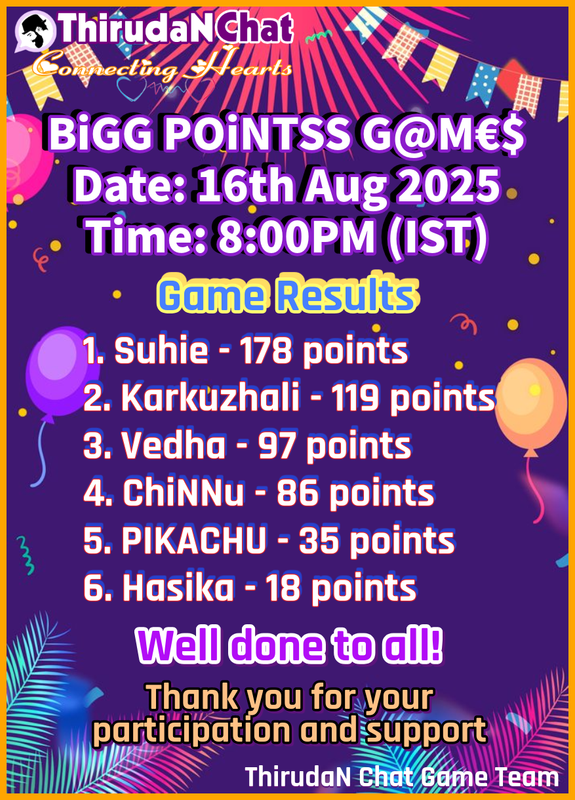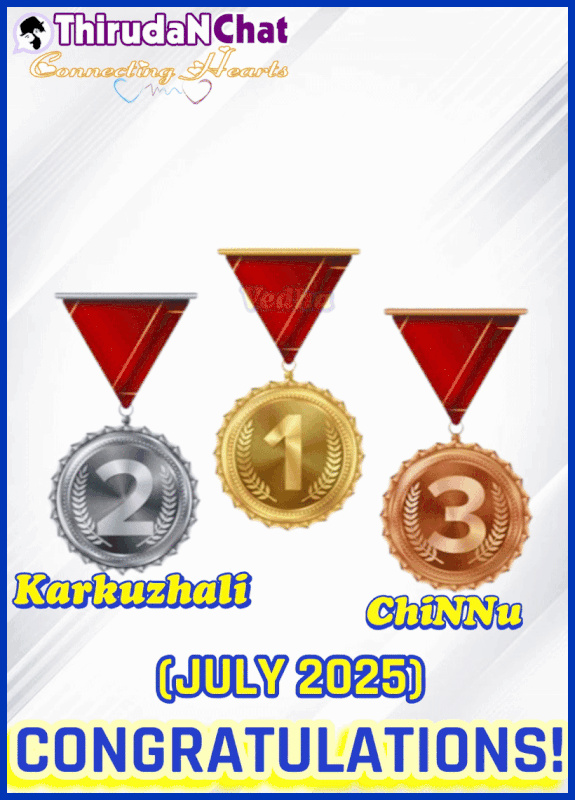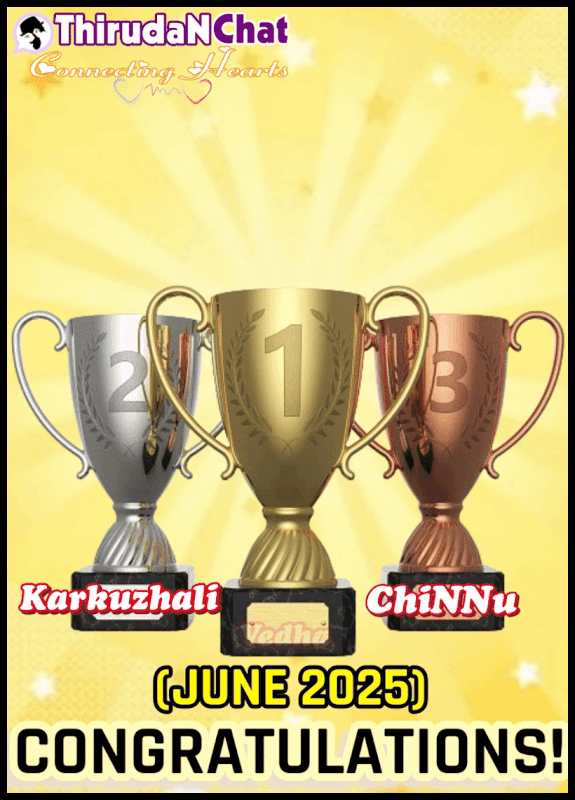Recent posts
#92
BiGG POiNTSS G@ME$ / Re: BPG Montly Accumulated Poi...
Last post by BiGG POiNTSS - Sep 18, 2025, 08:29 PM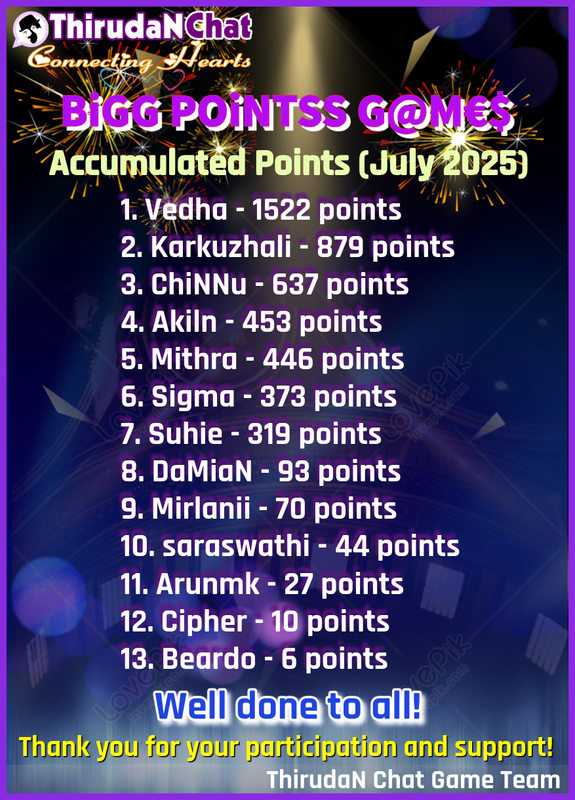
#94
BiGG POiNTSS G@ME$ / Re: BPG Montly Accumulated Poi...
Last post by BiGG POiNTSS - Sep 18, 2025, 08:17 PM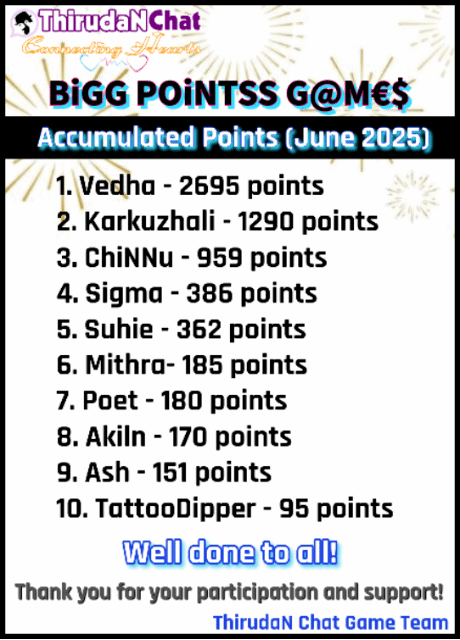
#95
BiGG POiNTSS G@ME$ / Re: Game Results for the month...
Last post by BiGG POiNTSS - Sep 18, 2025, 08:04 PM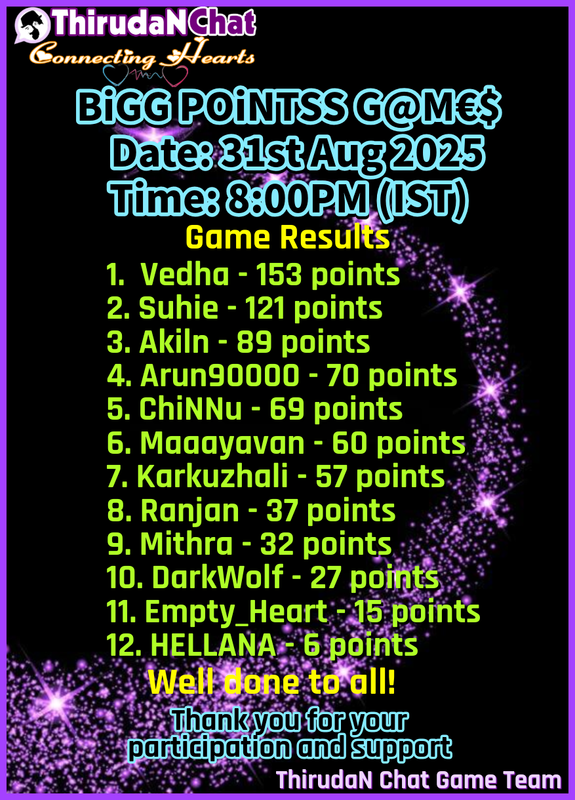
#96
BiGG POiNTSS G@ME$ / Re: Game Results for the month...
Last post by BiGG POiNTSS - Sep 18, 2025, 08:02 PM
#97
BiGG POiNTSS G@ME$ / Re: Game Results for the month...
Last post by BiGG POiNTSS - Sep 18, 2025, 08:00 PM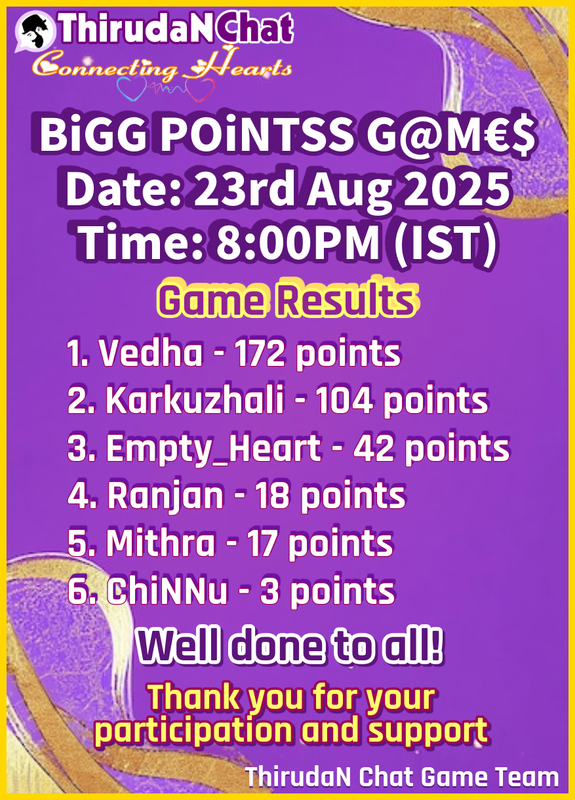
#98
BiGG POiNTSS G@ME$ / Re: Game Results for the month...
Last post by BiGG POiNTSS - Sep 18, 2025, 07:59 PM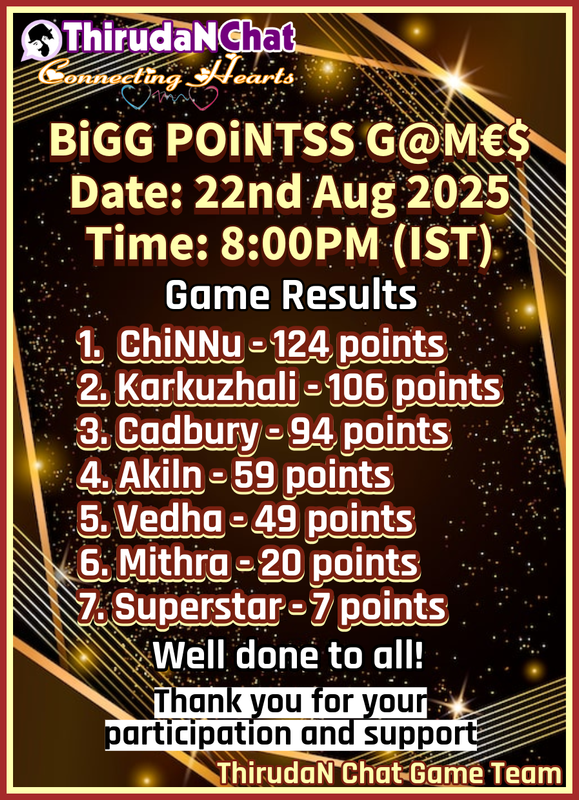
#99
BiGG POiNTSS G@ME$ / Re: Game Results for the month...
Last post by BiGG POiNTSS - Sep 18, 2025, 07:56 PM
#100
BiGG POiNTSS G@ME$ / Re: Game Results for the month...
Last post by BiGG POiNTSS - Sep 18, 2025, 07:54 PM